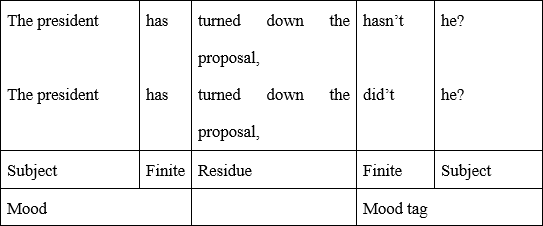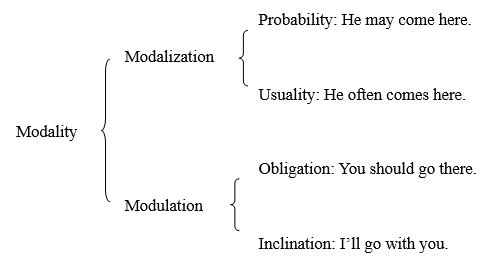同学们,本栏目是对你们学过的知识和生活中常见问题的归纳。其中,有一些共性问题,也许你会需要哦!
让我来帮你解决常见问题!
Question1: What are the functions of language according to Halliday?
Answer:
There are three meta-functions of language:
1. Ideational function
Language serves as a coding system which deals the relation between man and nature. We use language to talk about our experience of the world, including our inner world, to describe events, states and the entities involved.
2. Interpersonal function
Language serves as a medium between individuals. We use language to interact with others, to establish and maintain relations with them, to please them, to anger them, and influence their behavior, to get their help or sympathy them.
3. Textual function
Language as a system organizes message in a unified manner so that chunks of message fir logically with them and around them and with a wider context in which talking and writing takes places.
Question2: what are the relationships between tree diagrams and phrase structure rules?
Answer:
In GT grammar, tree diagrams and phrase structure rules are closely related. Tree diagrams correspond to phrase structure rules in specifying syntactic categories. The categories that occur to the left of the arrow in a phrase structure rule are phrasal categories. They do not appear at the bottom of the tree. They label the node point or branching of the tree. The categories that never occur on the left side of the arrow are lexical categories, which are labels of class of words right above the words at the bottom of the tree.
Question3: What are mood and modality? Explain them in your own language.
Answer:
Interpersonal function is fulfilled by mood and modality.
Mood
Mood expresses the speaker’s attitude and serves for interpersonal function. It is a syntactic constituent made up of the subject and the finite. The subject is the first noun or phrase in a statement. The finite is a verbal operator that express tense (e.g. is, was, have. had) or modal meaning (e.g. should, can, must) as well as positive or negative form. The reminder is called residue.

Modality and polarity:
The finite expresses not only tense but also polarity and modality. Any finite expresses polarity because it is either positive or negative (however, polarity may be expressed by never, hardly, etc.). The semantic space between “yes” and “no” is pressed by modality. Modality can be categorized by modalization and modulation.
Modalization: how valid the information is in terms of probability (how likely it is) or usuality (how frequent it is).
Modulation: the of obligation on the person to carry out the commands; the degree of inclination of the speaker to fulfill the offer.


